This is a free fortnightly newsletter about the New Zealand Net.
If you would like to be notified by email when a new edition is published, please contact ZL1NZ.
Browse our Newsletter Archive and List of Net Tips.
Featured key

CWVox voice-activated key by Kevin KB9RLW
Yes, this is a key, or part of it anyway. The part not shown is a headset microphone.
Kevin KB9RLW has just published the design for this CWVox key, and it could be a boon for operators with arthritis or shaky hands because it is virtually hands-free. The actual keying is done by vocalising dits and dahs. You can see how this works, including during a real QSO, in the video later in this NZ Net News.
The key is built around an Arduino Nano with very few additional components. The design is available from Kevin’s blog and the software for the Arduino is available on Github.
Sometimes, keys don’t look the way we expect!
* If you have an interesting key for this feature, please send me a nice clear photo and a few words describing it.
Quick notes
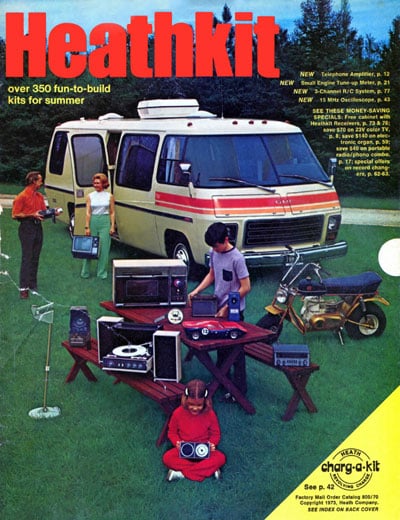 Camping trips with the family pictured on the cover of this 1973 Heathkit catalogue must have been a blast. I suppose dad had an SB-101 in the RV too. It doesn’t look anything like the summer holidays I remember, how about you?
Camping trips with the family pictured on the cover of this 1973 Heathkit catalogue must have been a blast. I suppose dad had an SB-101 in the RV too. It doesn’t look anything like the summer holidays I remember, how about you?
The VKCW Net is back in operation, following a summer break. The net is on 14,049 kHz at 0603 UTC.
Vibroplex has just announced they will no longer make left-handed Blue Racer bugs. Apparently there is almost no demand for them, so when the last two in stock are sold, that will be the end of the line.
Storm takes ZL1AJY off air
 The severe rain storm, and subsequent flooding, which hit Auckland on the evening of Friday 27 January took down both 80-metre aerials at ZL1AJY. Paul’s aerials were stretched across a valley with a babbling brook that turned into a river at the height of the storm. As he reports:
The severe rain storm, and subsequent flooding, which hit Auckland on the evening of Friday 27 January took down both 80-metre aerials at ZL1AJY. Paul’s aerials were stretched across a valley with a babbling brook that turned into a river at the height of the storm. As he reports:
“80m aerial u/s last Saturday morning…open circuit feeder…the end loose at my boundary. A bad sign. And a large gap in the tree line looking across the small valley here. Easy to spot the problem, a fairly large manuka (pictured) has been uprooted with recent heavy rain and fallen across my dipole. Crashed into the stream at the back of our QTH here in Birkenhead.”
Paul’s end-fed aerial also came down, so he is currently limited to 40m operation and catching up on his DX’ing.
Here at ZL1NZ the aerials remained in the air but many of our neighbours suffered land slips and flooding. Our street is called Seacliffe Road and, indeed, some of the cliffs did return to the sea.
At the height of the storm, I didn’t even try to venture out to the shack to join the NZ Net as the rain was horizontal and who knew whether the power would stay on (it did, for which we were grateful).
Net numbers

The NZ Net attracted 182 check-ins from 17 stations during January.
Here is the monthly net report, as transmitted on 1 February.
NR7 R ZL1NZ 43/40 AUCKLAND 0800Z 1FEB23 = NZ NET = JAN QNI VK3DRQ 6 ZL1AJY 2 ZL1ANY 18 ZL1NZ 19 ZL1PC 1 ZL1PX 19 ZL1RA 17 ZL1RD 1 ZL2GD 7 ZL2GVA 17 ZL2KE 9 ZL2LN 6 ZL2TE 13 ZL2WT 1 ZL3TK 22 zL4FZ 6 ZL4KX 18 TOTAL 182 QTC 95 = ZL1NZ
Photo flashback

Chatham Islands Radio ZLC in 1989. Photo: Paul Burke
Coast watchers get belated recognition
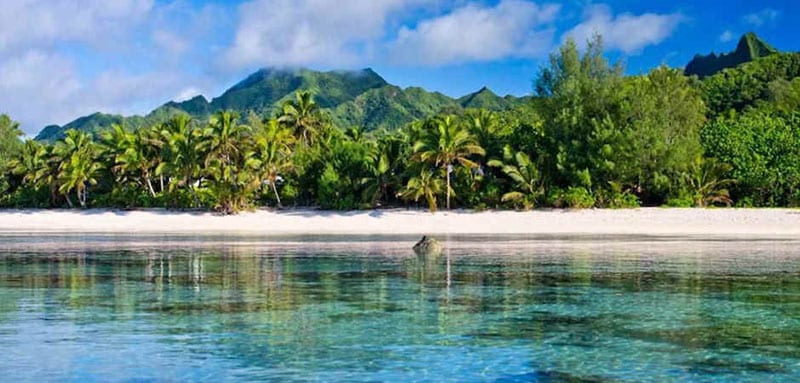
Cook Islands supplied coast watchers during World War 2
By Peter ZL1PX
In the Second World War, New Zealand operated a large coast-watching organisation with the task of detecting enemy ships or planes and communicating back to headquarters by radio. The NZ Navy, which had operational control, set up stations around New Zealand and throughout the eastern Pacific to include Samoa, Tonga, Fiji, the Cook Islands, Tokelau, Pitcairn and Norfolk Island.
Coast watching was not an easy career choice. The radios and their supporting accessories were heavy – more than 200 kilos – and must be taken by sea or air sometimes under enemy sight in tropical heat and humidity to distant islands.
Once there, they must be lugged uphill to a place with good all-round visual access. Next would come the tin shed built beneath the tree canopy. An antenna must be set up – but it must not look like an antenna. Food and medical supplies must be in place. Re-supply might not happen for months.
Finding operators was a problem. Coast watchers had to know their radios inside out, deal with isolation, treat their own medical issues, live on dwindling food supplies and make sensible decisions when enemy forces came close. There were just so many islands and so few people who had the skills.
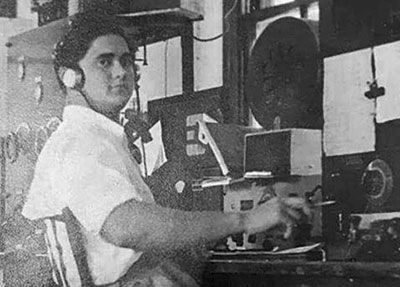
Tai Nicholson operating coast watch radio at the government radio station in Rarotonga
We went local. Early in 1942, we decided to train Pacific Islanders. We asked schools for their brightest students. Soon they learned Morse code, radio engineering, as well as ship and plane identification. Nearly a hundred local operators were soon feeding reports back to a handful of Kiwi ‘base’ operators.
They were young, just out of school. William Cuthers, just 16, sole operator on Mitiaro for some 18 months, watched each day for an armed invader to invade his beautiful island.
By now, we knew how dangerous this was. Enemy units approaching an island actively sought to eliminate Coast Watcher stations. In October, 1942, Japanese troops on Tarawa in the Gilbert and Ellice Islands beheaded 17 New Zealand coast watchers as ‘spies’. Ten of them were NZ Army and not spies but seven were NZ Post Office Telegraphists – civilians doing military work. It was immediately decided to ‘attest’ the NZ Post Office civilians into the Second NZ Expeditionary Force (2NZEF). They became deceased military personnel with service recognition and pensions which their families could access.
The intention then was to ‘attest’ all Pacific Island Coast Watchers. They did the same job as Kiwi operators. They faced the same dangers. Enlistment into the armed services should protect them against being shot as spies. There would also be some pension if they were killed and might there not also be some pay arrears?
It didn’t happen. It still hasn’t happened. As in Afghanistan, we don’t seem good at rewarding those who put their lives at risk for us. Why is that, do you think?
But to return to technical questions – which are a lot easier to answer. What radio did the Coast Watcher use? The radio most commonly used was the 3BZ made by AWA (Amalgamated Wireless Australasia). There were many versions, all called 3BZ, mostly comprising four steel boxes: receiver, transmitter, power supply and antenna tuner. They were heavy and needed muscle to be placed in position or moved about. Antenna, headphones, mike, speaker and Morse key were included in the set.
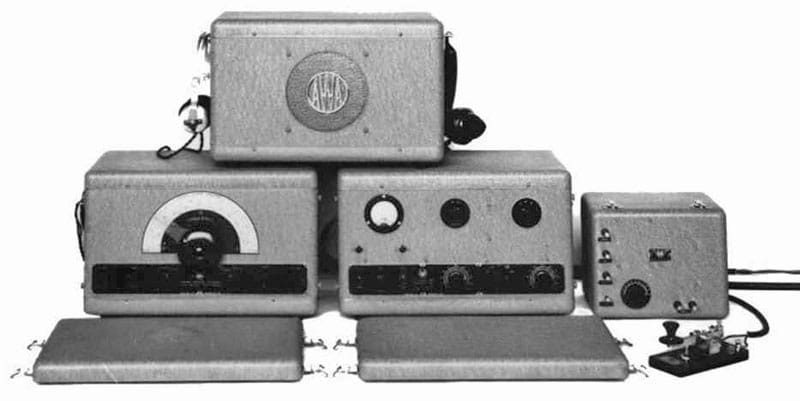
AWA 3BZ. PSU with mike, headphones and speaker on top, receiver on bottom left, transmitter, aerial tuner and key on right, covers in front
3BZ radios worked five switched bands from 200 kHz to 30 MHz. They worked from a 12 V battery or an AC source of 110 or 230V. Power output was around 12 watts on CW or 15 watts on speech. Two antennas were provided: a low impedance Marconi for less than 100 mile communication and a 600 Ohm single wire Hertz aerial for longer distances. So that I don’t reveal more technical ignorance I recommend you find more 3BZ details here.
Over 3500 AWA 3BZs were made and they still work for some hams. The one below is shown on Christmas Day 2019 in the shack of Andrew Miller (KD6TKX) in Fresno, California.
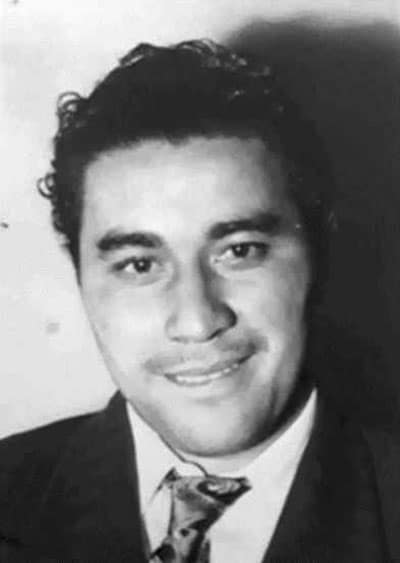
A post-war photo of William (Kiri) Cuthers who, at the age of 16, was a coast watcher in Cook Islands
Descendents of those Pacific Island Coast Watchers have questioned the way New Zealand treated their grandparents.
One of these descendants, Willie Cuthers, grandson and namesake of William Cuthers, stationed on Mitiaro Island at age 17, seeks answers. He points out his grandfather did the same job as New Zealand servicemen Coast Watchers, endured the same danger, employed the same skill set, but was paid a quarter of the Kiwis’ wage. He asks why NZ Coast Watchers were formally recognized by the defence service in 2012 but Pacific island civilians who worked for the coast watcher service don’t appear in official histories.
In October 2022, Minister of Defence Peeni Henare announced a recognition of Pacific Island coast watchers and the role they played in our Pacific early warning setup. The minister announced the government would work with families to identify Pacific Island Coast Watchers, each of whom would be recognised with a signed certificate from the Governor General. Government also agreed that a memorial plague on the headstones of former Service personnel also would be placed on the headstones of civilian coast watchers.
No attesting of deceased coast watchers and no pension entitlement yet, but some progress perhaps.
Straight Key Month video
Marking the SKCC’s Straight Key Month in January, television station WANE in Ft Wayne, Indiana aired this report on the activity at multi-operator station K3Y/9.
Morse challenge
Here’s an audio recording from the collection of ZL2WT. It was made in 2001, and your assignment is to tell me the callsign and city of the radio station:
Send your answer via radiogram or email to ZL1NZ.
Congratulations to Mike ZL1RA who copied the Morse message hidden in the Colombian pop song mentioned in NZ Net News 98.
It wasn’t an easy task, as Mike admits. “I have been learning Spanish using Duolingo, so familiar with the Spanish words, and reran the recording several times, sometimes at a slower speed, copying exactly what I was hearing, to make certain it was 100%. I viewed it as a wonderful opportunity to copy another language in Morse code.”
Mike sent me his successful copy via radiogram, noting that the “hidden” Morse was preceded by the vocalist singing: “Escuchas esta mensaje hermano” or “Listen to this message brother”. Not subtle! 🙂
Well done Mike on a tough Morse Challenge!
Video: CWVox voice-activated key
Advertising archive
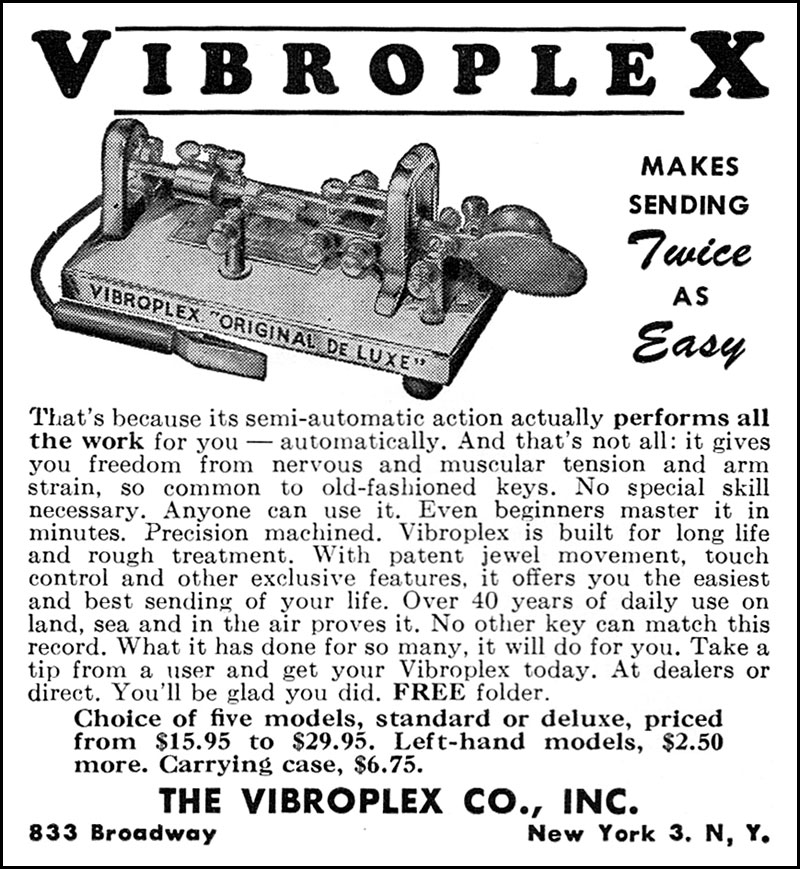
Dec 1958, and only US$2.50 extra for a left-handed model!
Suggestions?
If you have suggestions on how to make the NZ Net better, or things you’d like to see covered in these updates, please contact ZL1NZ. You might even like to write something for the newsletter.
Thanks for reading, and I hope to hear you soon on the NZ Net!
—
Neil Sanderson ZL1NZ, Net Manager
New Zealand Net (NZ NET)
3535.0 kHz at 9pm NZT Mon-Fri

%20Dark%20Logo%20BIG%20TM.png)
